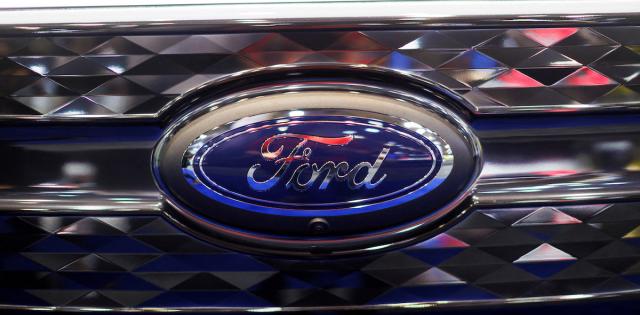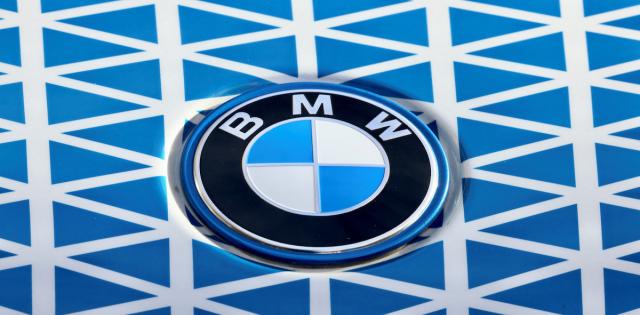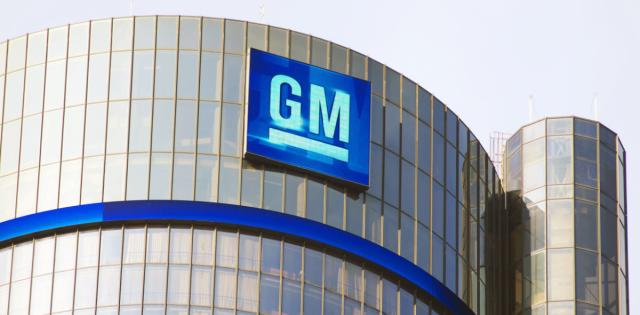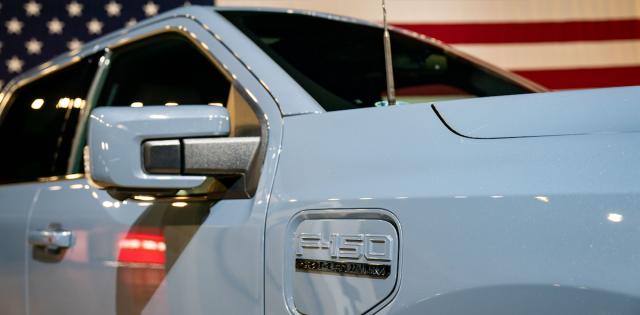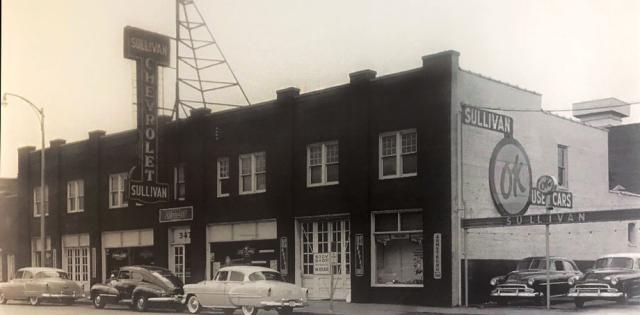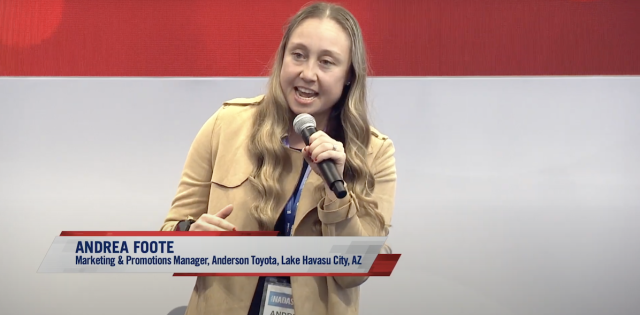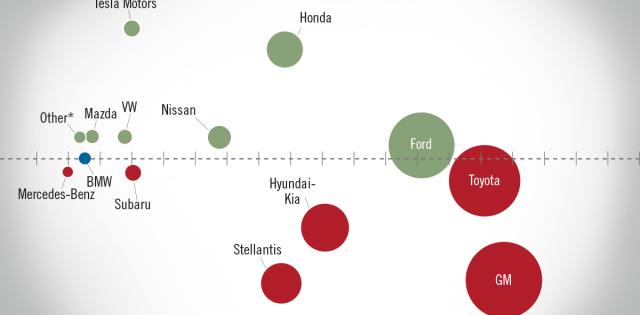Today, the National Automobile Dealers Association (NADA) issued its 2020 analysis of U.S. auto sales and the economy.
“The coronavirus pandemic certainly impacted new light-vehicle sales in 2020, not to mention the U.S. economy as a whole,” said NADA chief economist Patrick Manzi. “Our forecast at the start of 2020 estimated new light-vehicle sales would fall by one to two percent compared to 2019 for a total of 16.8 million units sold, but once COVID hit, we knew this would be a different year than anticipated.”
2020 came to a close with new-light vehicle sales of 14.46 million units, down 14.7% compared to 2019. Despite the lowest monthly SAAR on record of 8.7 million units in April, signs of the new-vehicle sales recovery began in the second half of the year as retail consumers returned to dealer lots. While the overall new-vehicle market fell by 14.7%, consumer retail sales only declined by an estimated 9%.
Given a stronger than anticipated sales recovery, manufacturing facility shutdowns, and robust new-vehicle demand, most U.S. dealerships faced significant inventory constrains on popular models and popular segments during the second half of the year, including crossovers and pickups.
By mid-summer, tight inventory meant that OEMs and dealers pulled back incentive spending. Coupled with consumer preferences for more expensive light-trucks, this pushed average transaction prices to record highs throughout the year.
In March, the Federal Reserve slashed interest rates to the 0% to 0.25% lower bound, helping vehicle buyers with their monthly payments and dealers with their floorplan costs. In November 2020, the average interest rate on new-vehicle financing was 4.4%, down about 90 basis points compared to the same time last year.
At the macro level, real GDP rebounded at an annualized rate of 33.4% in Q3 of 2020, following an annualized 31.4% contraction in Q2 of 2020; NADA anticipates GDP will decline by around 4% for 2020 with 4% growth in 2021. In the labor market, unemployment peaked in April at 14.7% and has fallen each month since as workers have returned to their jobs or left the labor market. At the end of November, the unemployment rate was 6.7% and is expected to continue to fall throughout 2021 as COVID-19 vaccines are administered throughout the country and more Americans return to work.
Moving into 2021, NADA anticipates new-vehicle sales of 15.5 million units – an increase of 7.2% from 2020.
Headwinds for the vehicle market in 2021 include continued increases in COVID-19 cases, which could lead to production disruptions along the vehicle supply chain; a global shortage of semiconductor microchips used in many facets of auto production; and tight inventory on dealer lots, particularly for pickup trucks. Alternatively, tailwinds for 2021 include a potential economic boom in the second half of the year, once a coronavirus vaccination is widely available and Americans are able to return to work; continued consumer preferences for personal vehicle ownership over rideshare services and public transportation; low interest rates; and a gradual return of fleet demand for new vehicles.
“While the coronavirus was something that no one in the auto industry expected, the industry rallied and adapted to the new state of play,” said Manzi. “Looking forward, we are optimistic about the continued recovery of the new light-vehicle market.”
Click here to read the full December 2020 NADA Market Beat report.


